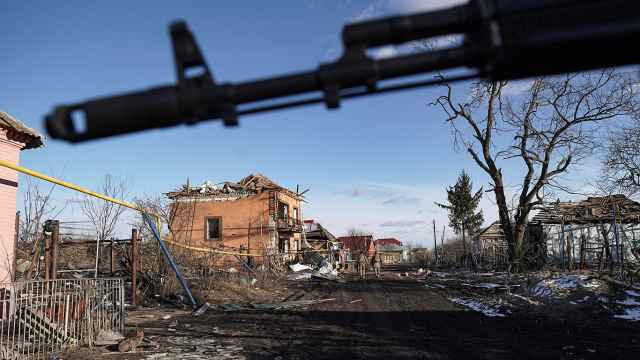Vyborg Restoration: How Russia’s Most Scandinavian Town Is Coming Back to Life
The once decaying town of Vyborg near the Finnish border is undergoing a $26.5 million BRICS bank-supported restoration.
The town of Vyborg in northwestern Russia boasts a historic heritage unlike any other in the country.
Lying just 40 kilometers south of Russia’s border with Finland, it is full of medieval, Art Nouveau and constructivist architecture that reflects the towns' many owners—the Swedes, Russians, Finns and Soviets.
In recent years however, the town was on the verge of oblivion, as dozens of abandoned historic buildings crumbled from neglect and a lack of funds for restoration. Many held it as an example of the failure of Russia’s preservation policy.
Now, however, Vyborg is finally being brought back to life thanks to a 1.8 billion ruble ($26.5 million) government-led restoration project supported by the BRICS-established New Development Bank.
Much of the work has already been completed. We visited Vyborg to check on the progress.
Lying just 40 kilometers south of Russia’s border with Finland, it is full of medieval, Art Nouveau and constructivist architecture that reflects the towns' many owners—the Swedes, Russians, Finns and Soviets.
In recent years however, the town was on the verge of oblivion, as dozens of abandoned historic buildings crumbled from neglect and a lack of funds for restoration. Many held it as an example of the failure of Russia’s preservation policy.
Now, however, Vyborg is finally being brought back to life thanks to a 1.8 billion ruble ($26.5 million) government-led restoration project supported by the BRICS-established New Development Bank.
Much of the work has already been completed. We visited Vyborg to check on the progress.
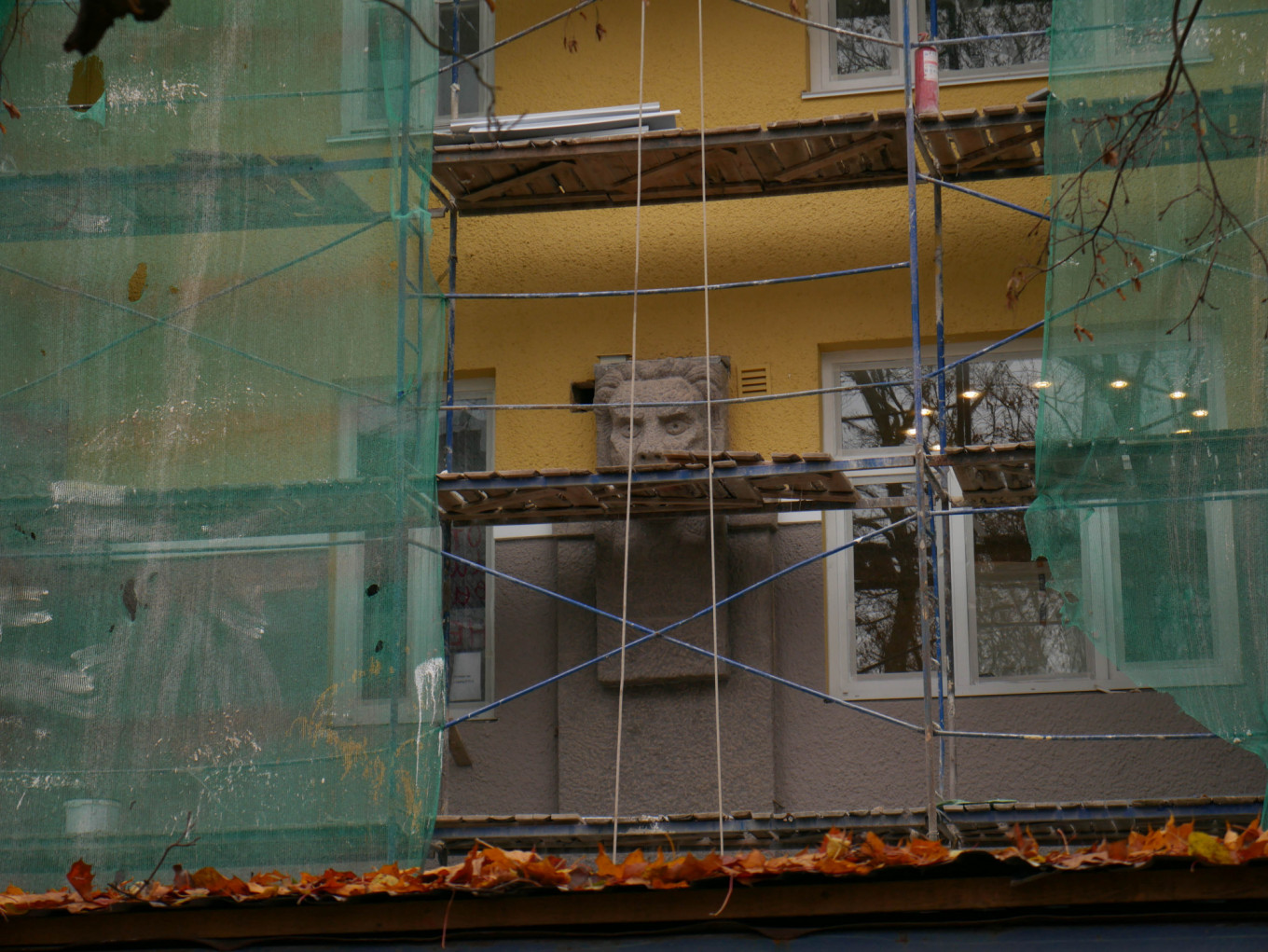
Vyborg’s look is heavily influenced by the “Northern Art Nouveau” style of architecture, which proliferated in St. Petersburg at the turn of the 19th century under the influence of Scandinavian and wider European currents.
This 1908 building, across from Vyborg's train station, exemplifies the style with its decorative elements that appeal to the mythology of the region. The restoration of the building is days from completion.
This 1908 building, across from Vyborg's train station, exemplifies the style with its decorative elements that appeal to the mythology of the region. The restoration of the building is days from completion.
Daniel Kozin / MT
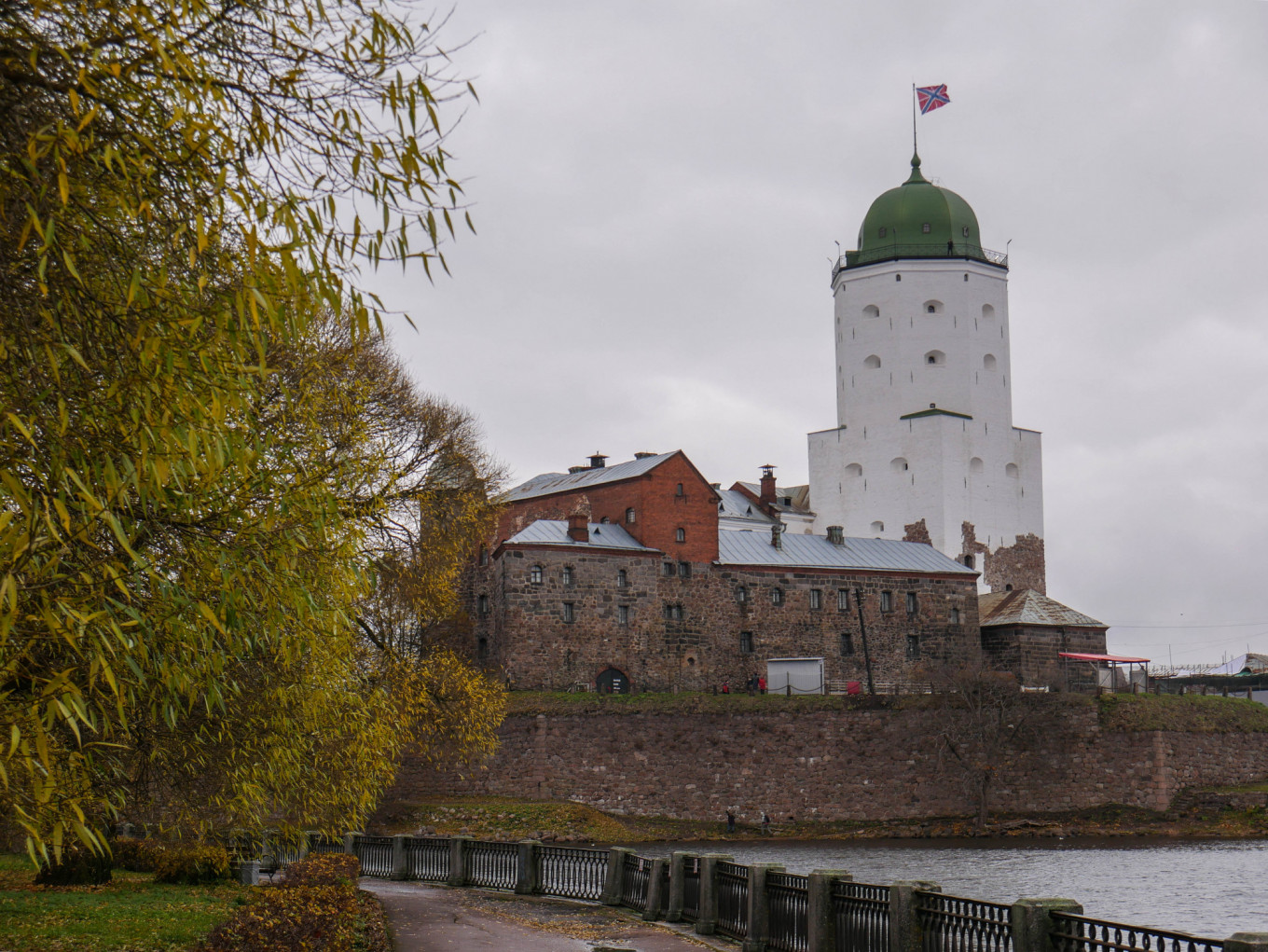
Vyborg’s castle was built by the Swedes in 1293 as an easternmost military outpost. It was captured in 1710 by the Russian Empire under Peter the Great and reconstructed in the late 19th century.
The castle’s famous Olaf Tower, the exterior of which has recently been restored, offers spectacular views of the historic town. The tower’s interior, however, as well as other buildings inside the castle, are still undergoing renovations.
The castle’s famous Olaf Tower, the exterior of which has recently been restored, offers spectacular views of the historic town. The tower’s interior, however, as well as other buildings inside the castle, are still undergoing renovations.
Daniel Kozin / MT
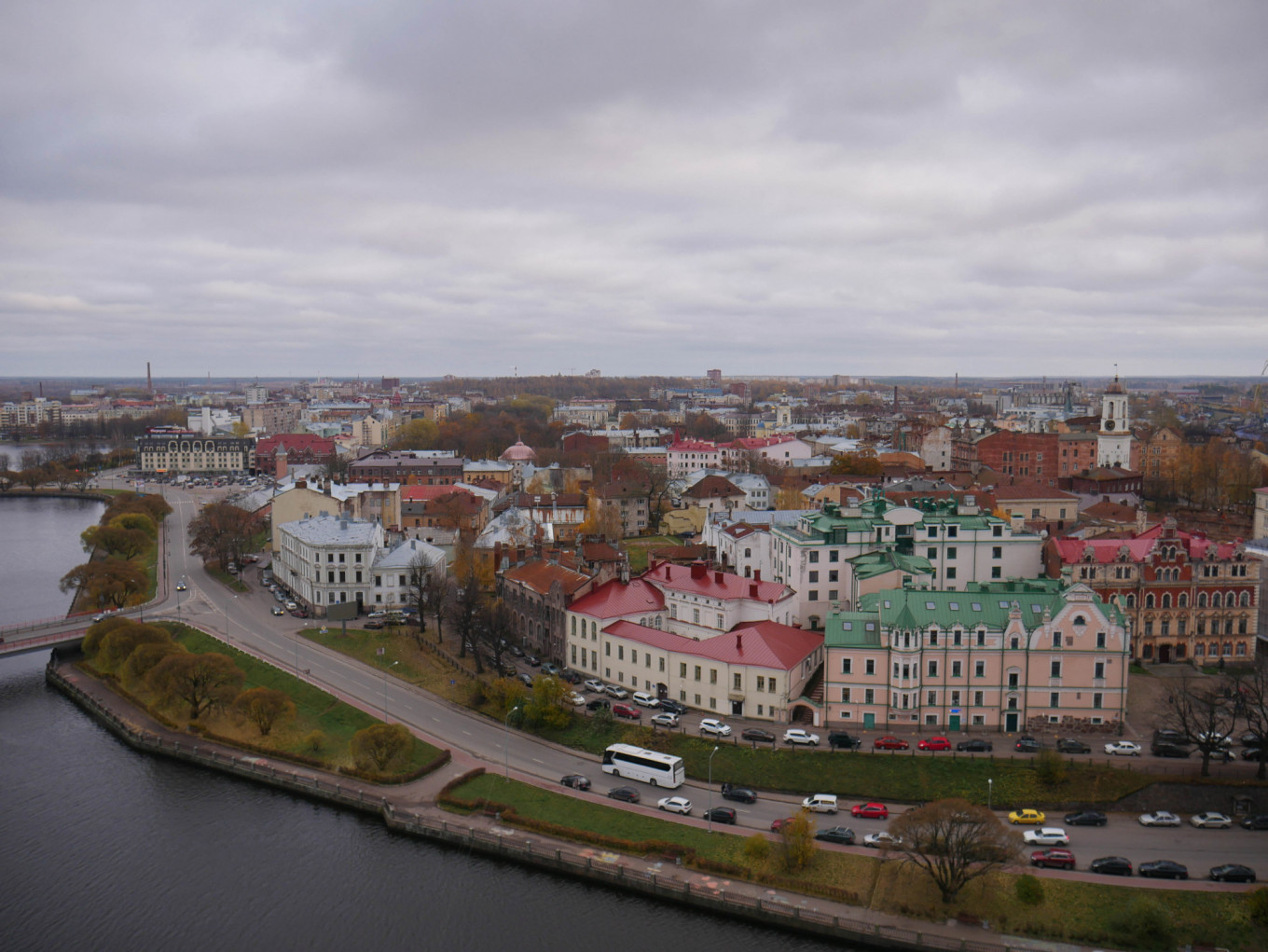
Vyborg has a population of just under 80,000. It is just over one hour away from St. Petersburg by electric train and a little over two hours away from Helsinki.
This view is from the top of the Olaf Tower, which can be visited as part of a guided tour from the castle’s museum for 500 rubles ($7.80). Russia's Culture Ministry has announced plans to install an elevator inside the tower.
This view is from the top of the Olaf Tower, which can be visited as part of a guided tour from the castle’s museum for 500 rubles ($7.80). Russia's Culture Ministry has announced plans to install an elevator inside the tower.
Daniel Kozin / MT
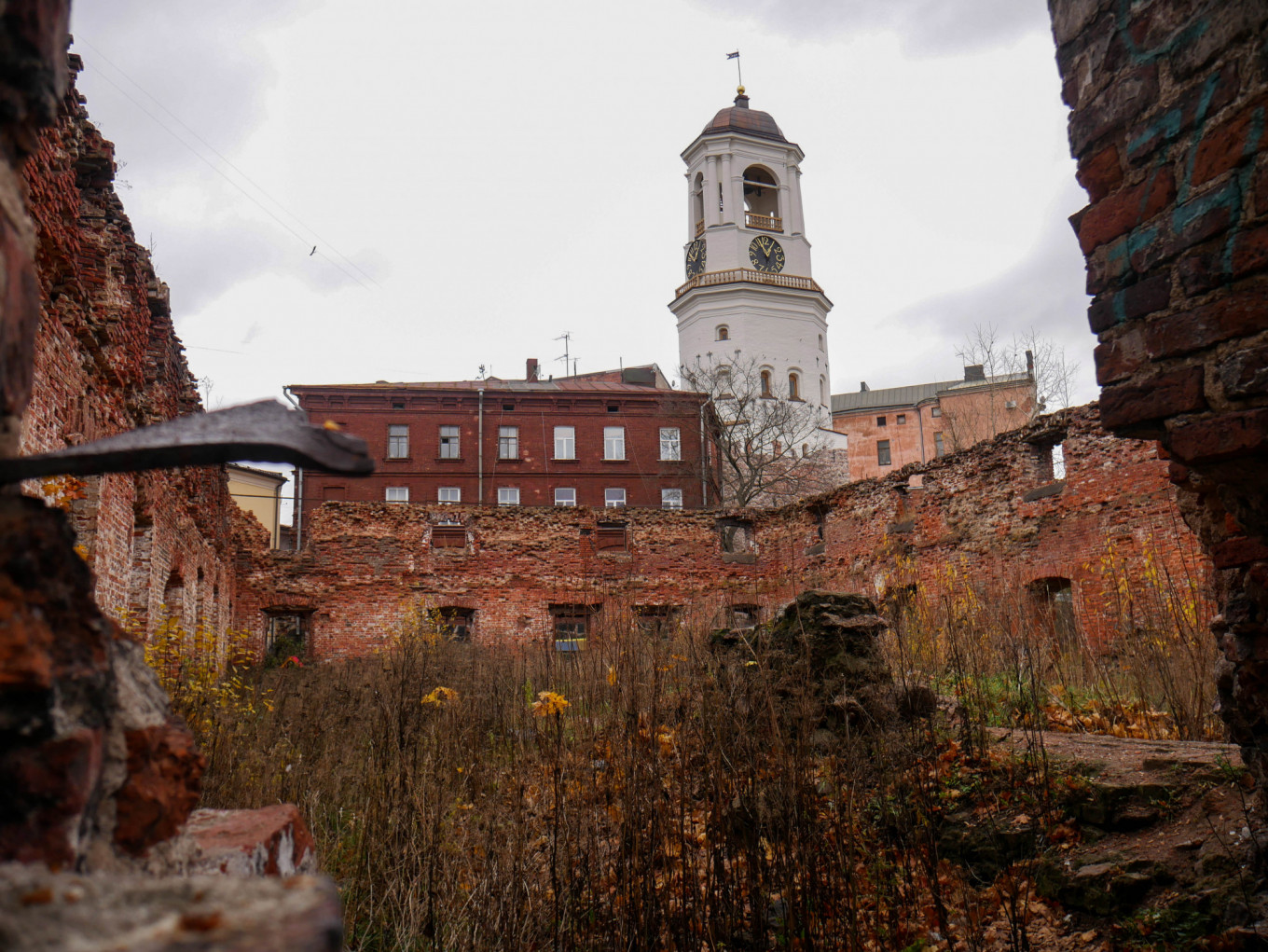
Vyborg’s 15th century cathedral is among the town’s worst preserved historic buildings. It burned to the ground during the Soviet-Finnish war of 1939-1940, with only its walls and clocktower left standing. The clocktower was restored last year and has a working clock mechanism from the 19th century.
The cathedral, which has served Catholic, Protestant and Orthodox congregations, is expected to be restored and turned into a museum housing a Russian-Finnish cultural center. A cemetery dedicated to the victims of the Soviet-Finnish war is situated just outside its walls.
The cathedral, which has served Catholic, Protestant and Orthodox congregations, is expected to be restored and turned into a museum housing a Russian-Finnish cultural center. A cemetery dedicated to the victims of the Soviet-Finnish war is situated just outside its walls.
Daniel Kozin / MT
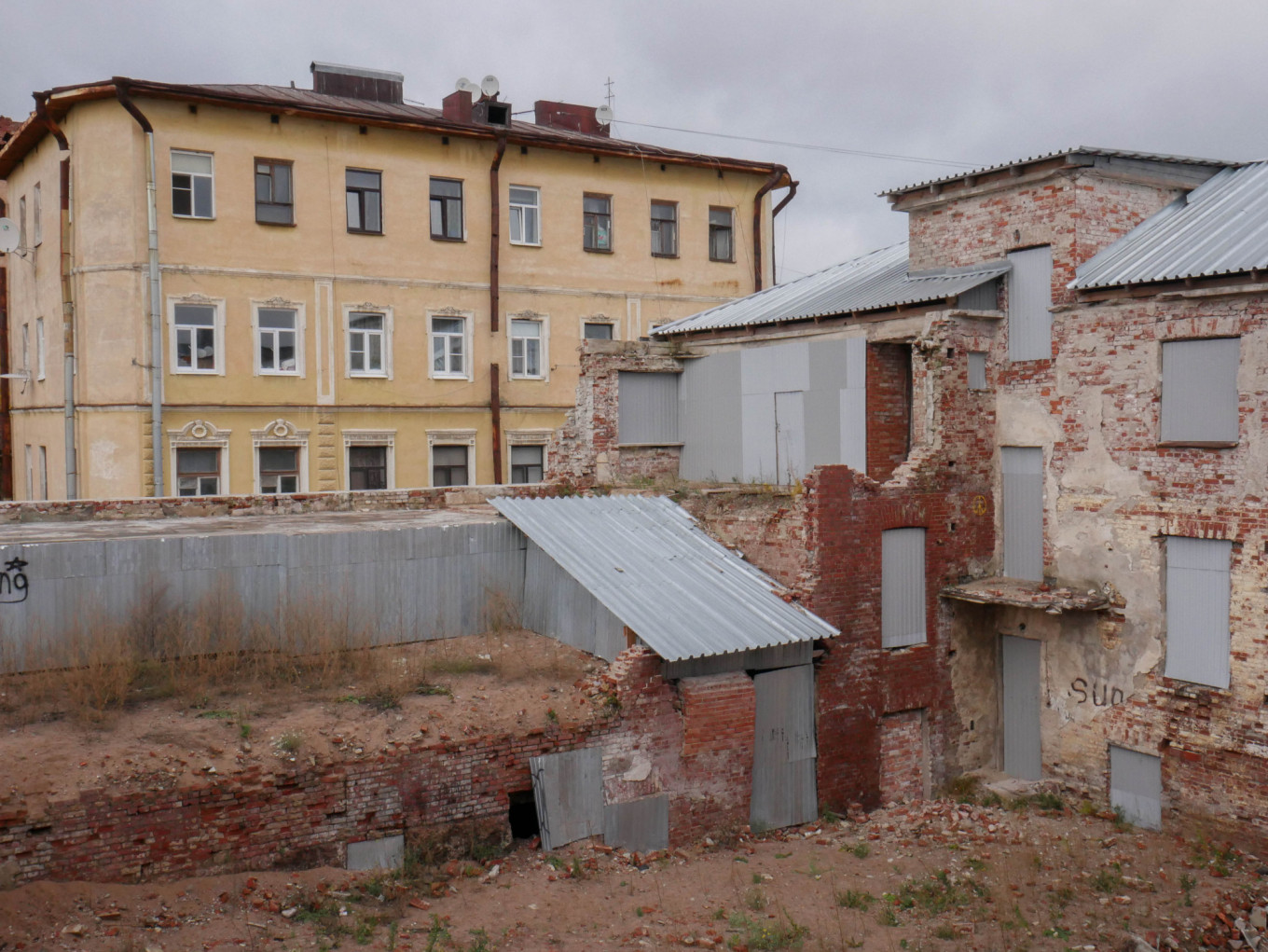
The Seta Solberg neighborhood in Vyborg’s historic center is seen by many locals as an example of the town’s failure to preserve its heritage.
Despite protests by activists, more than half a dozen historic buildings in the area were bulldozed in 2013 by local authorities over safety concerns. The rest were boarded up.
Despite protests by activists, more than half a dozen historic buildings in the area were bulldozed in 2013 by local authorities over safety concerns. The rest were boarded up.
Daniel Kozin / MT
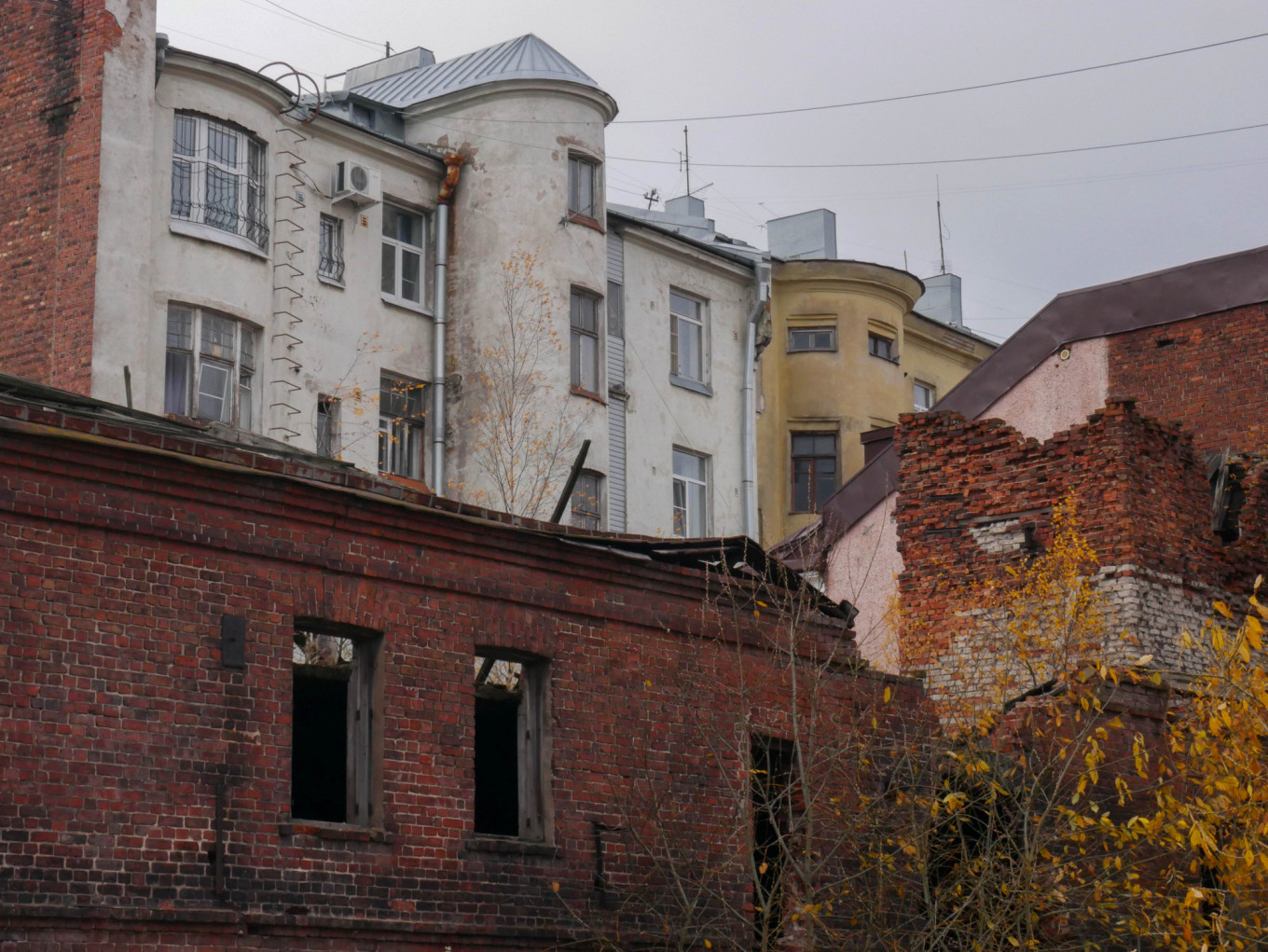
Many of the buildings had been privatized after the collapse of the Soviet Union and their new owners could not afford to pay for their upkeep so they were left abandoned. They exist side by side with inhabited buildings.
Daniel Kozin / MT
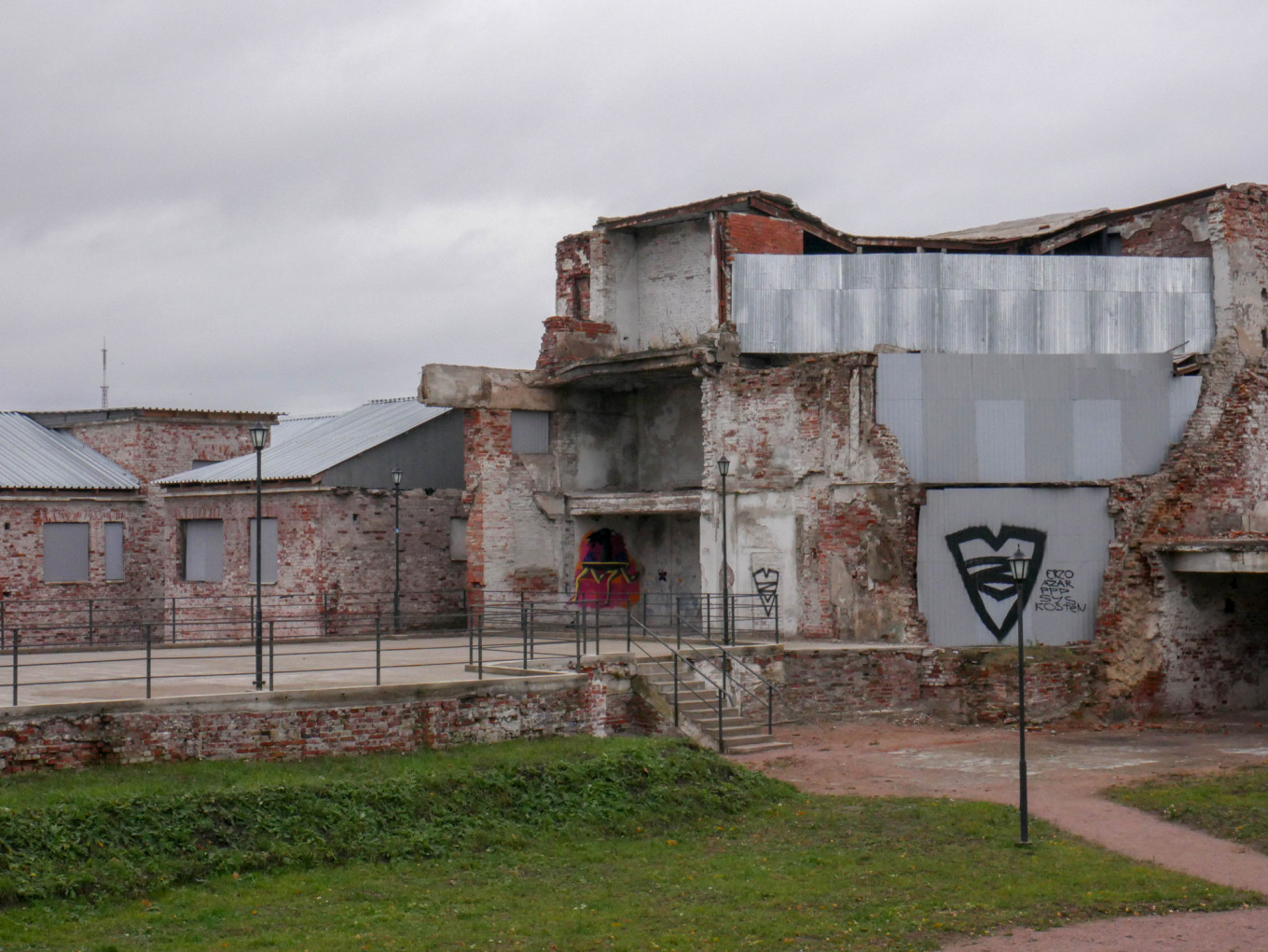
The Seta Solberg district has been included in the town's restoration plan and is expected to recieve a new theater, exhibition space and park in the area in the coming years.
Daniel Kozin / MT
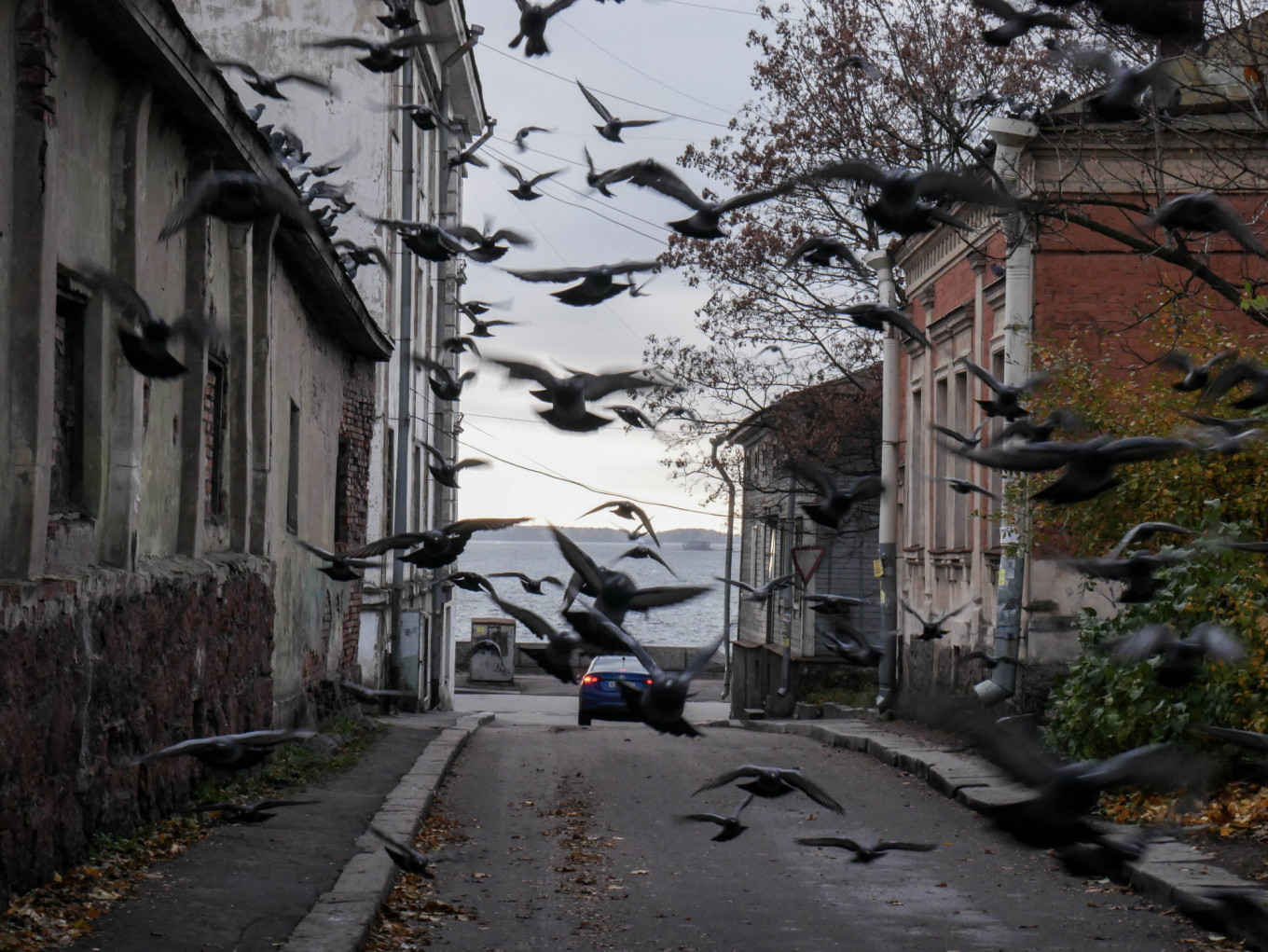
Vyborg is a port town, welcoming both passenger and commercial ships. Proximity to the sea brings strong winds but also incredible views.
Many visitors from Finland come to stock up on gasoline and other goods that are significantly cheaper on this side of the border.
Many visitors from Finland come to stock up on gasoline and other goods that are significantly cheaper on this side of the border.
Daniel Kozin / MT
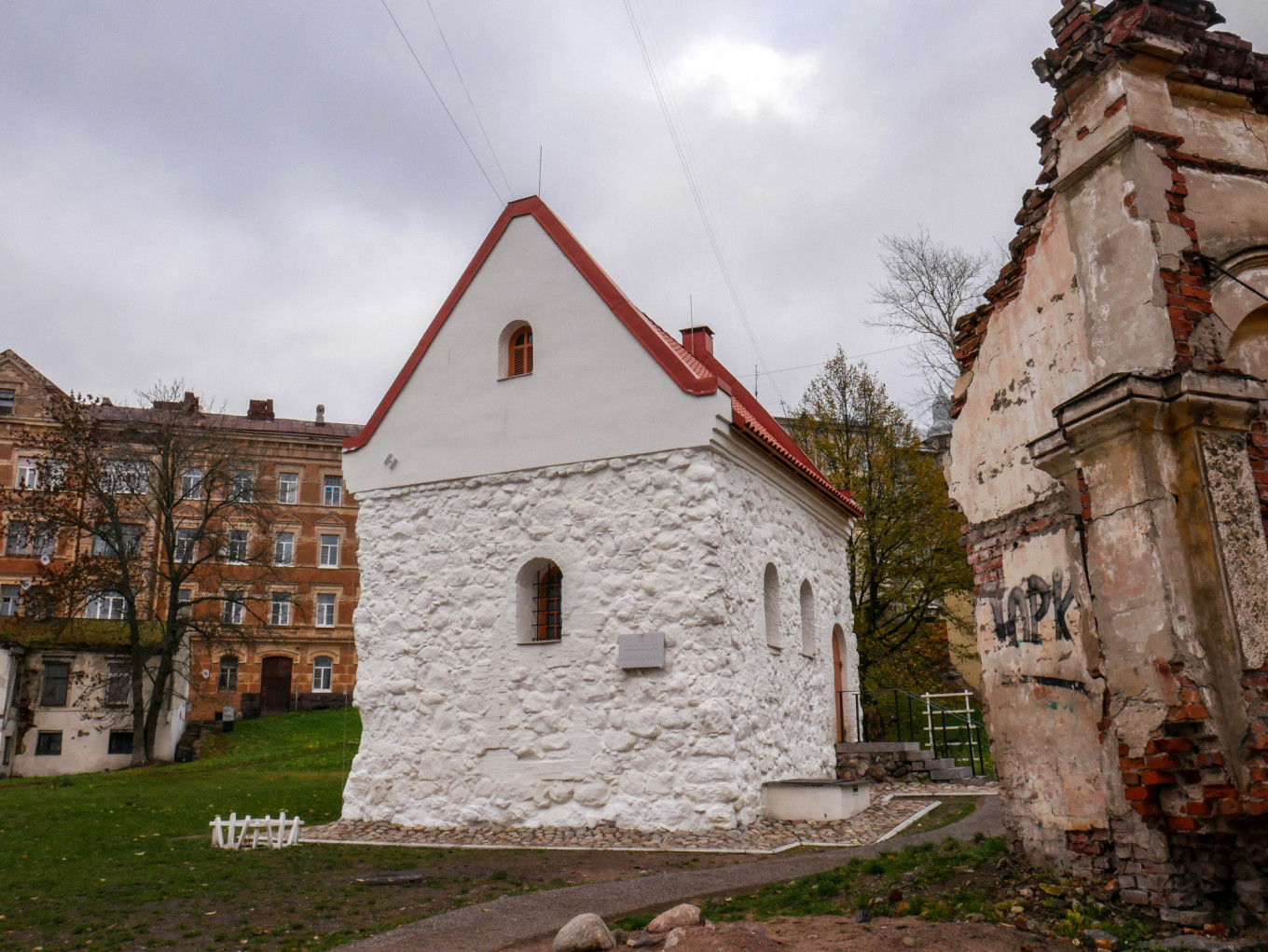
A restored 14th century house of a merchant that later became the house of the merchant’s guild of the Holy Spirit. It is one of the oldest buildings in town and has recently been restored.
Daniel Kozin / MT
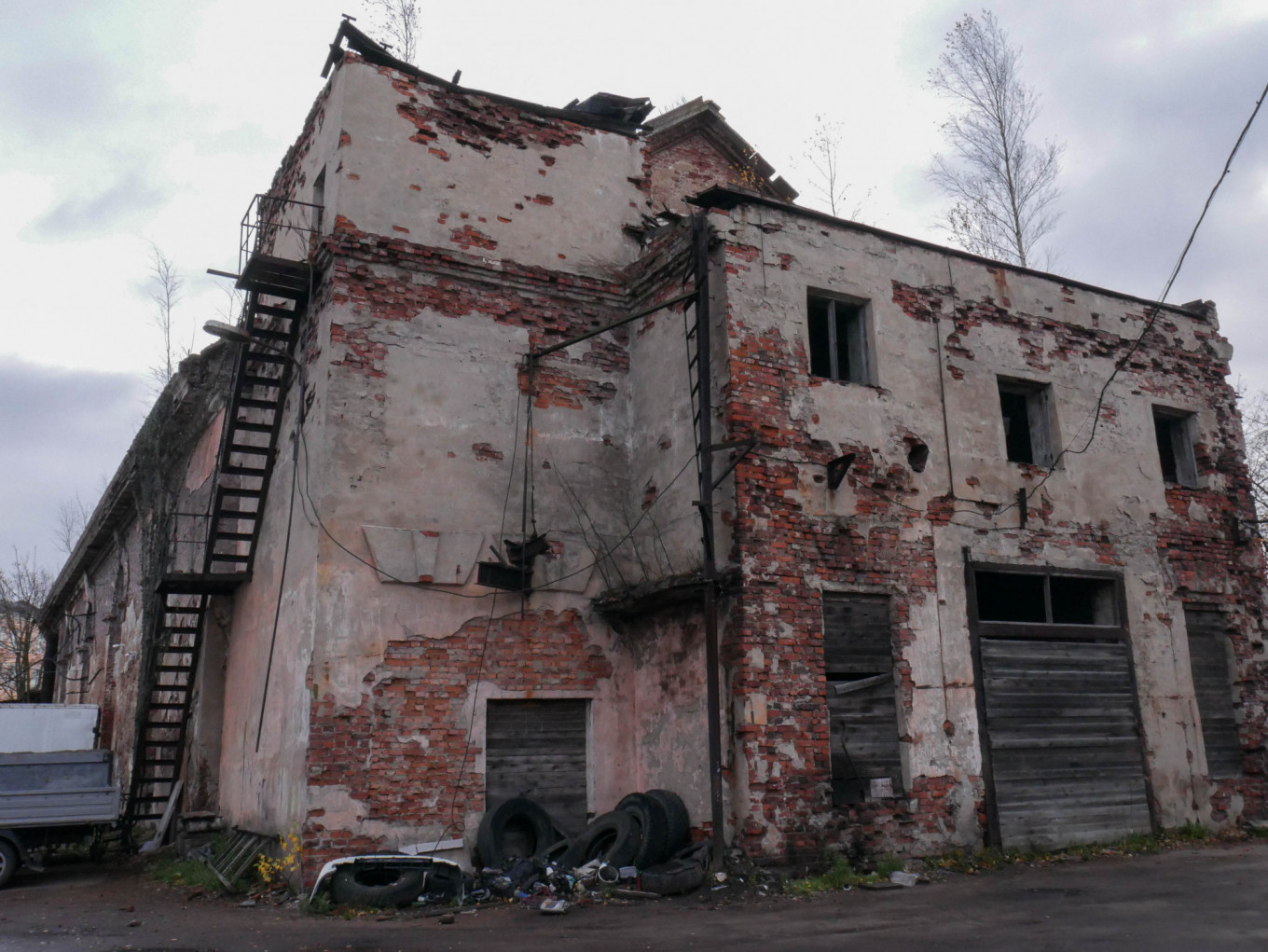
The 15th century Dominican Monastery of Vyborg lies abandoned and surrounded by scrap metal and an auto repair yard.
It was used as a warehouse in the Soviet period and a fire in 1989 brought the building to near collapse. The cathedral was reportedly handed over in the 1990s to the New Apostolic Church, but it has been unable to raise the funds needed for restoration.
It was used as a warehouse in the Soviet period and a fire in 1989 brought the building to near collapse. The cathedral was reportedly handed over in the 1990s to the New Apostolic Church, but it has been unable to raise the funds needed for restoration.
Daniel Kozin / MT
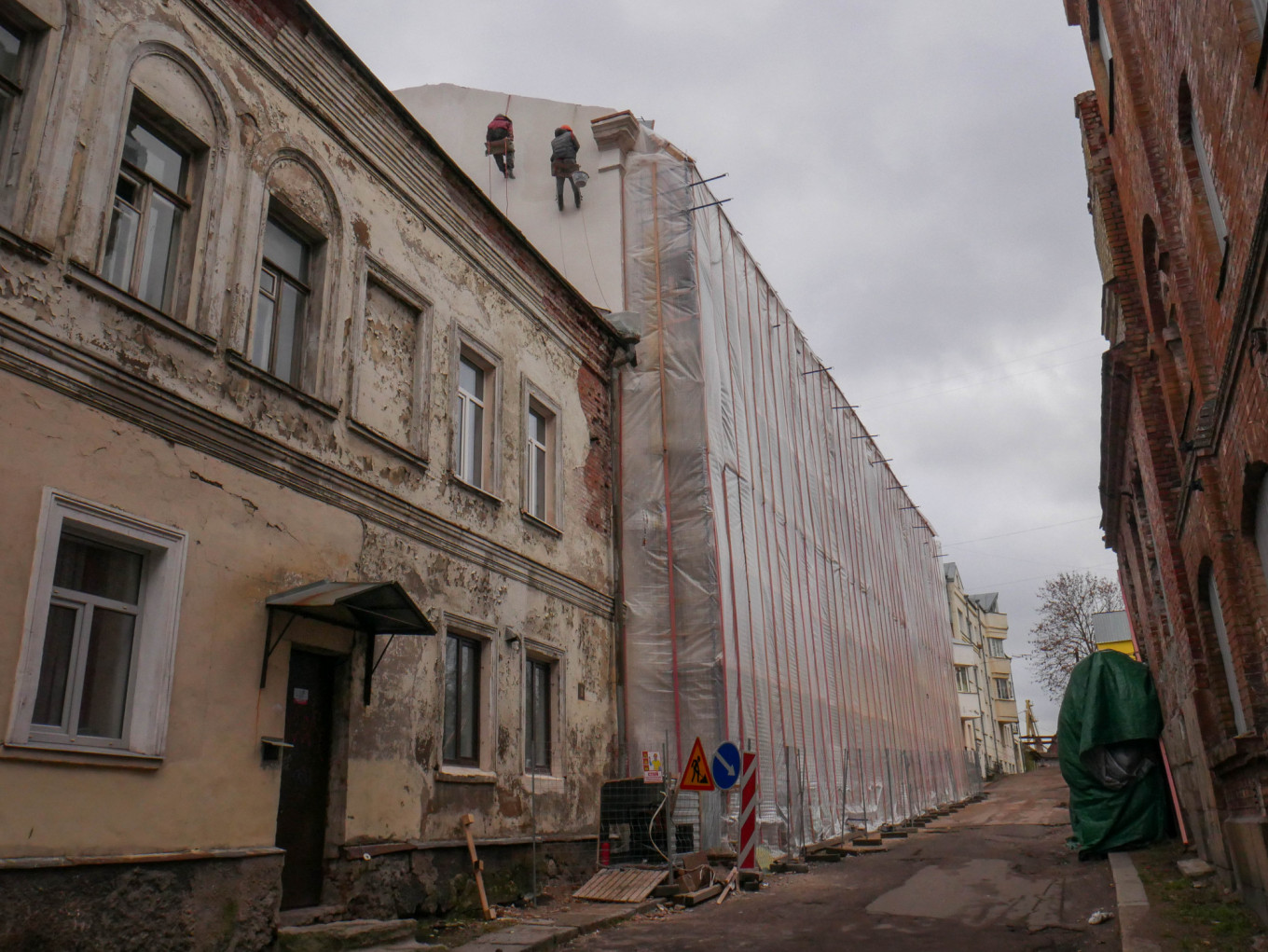
Over the past two years, Vyborg’s center has been abuzz with construction workers and restoration equipment. Many residential buildings and historic sites have already been restored or are on the verge of completion.
Critics, however, say that some of the restoration has been sloppy and inconsistent with original designs, with misspent funds and a poor quality of work that will require further repairs.
Critics, however, say that some of the restoration has been sloppy and inconsistent with original designs, with misspent funds and a poor quality of work that will require further repairs.
Daniel Kozin / MT
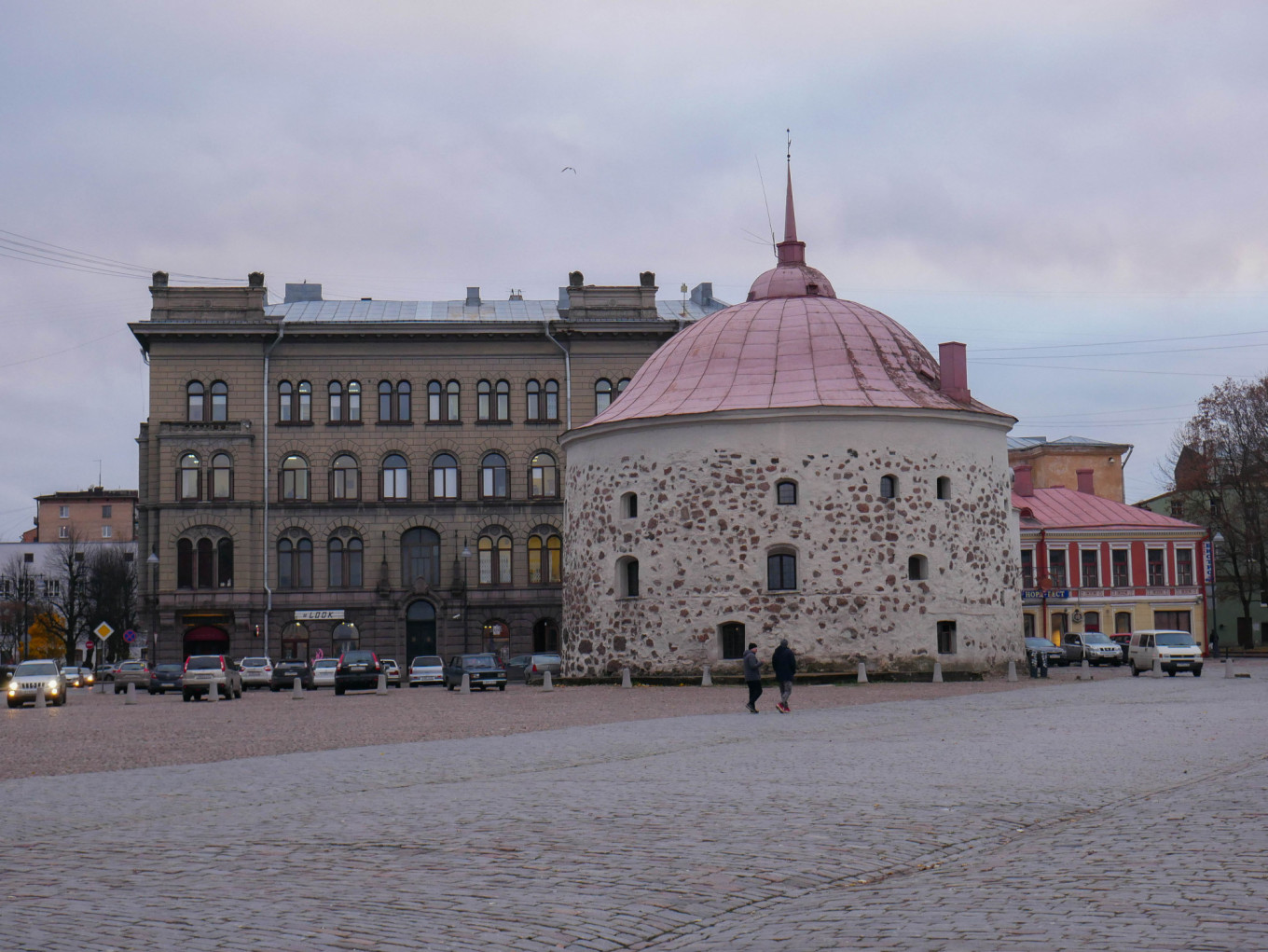
The 16th century Round Tower is located on Vyborg’s Market Square and used to be part of the town’s medieval fortifications. It was recently restored and is now a popular tourist restaurant.
Daniel Kozin / MT
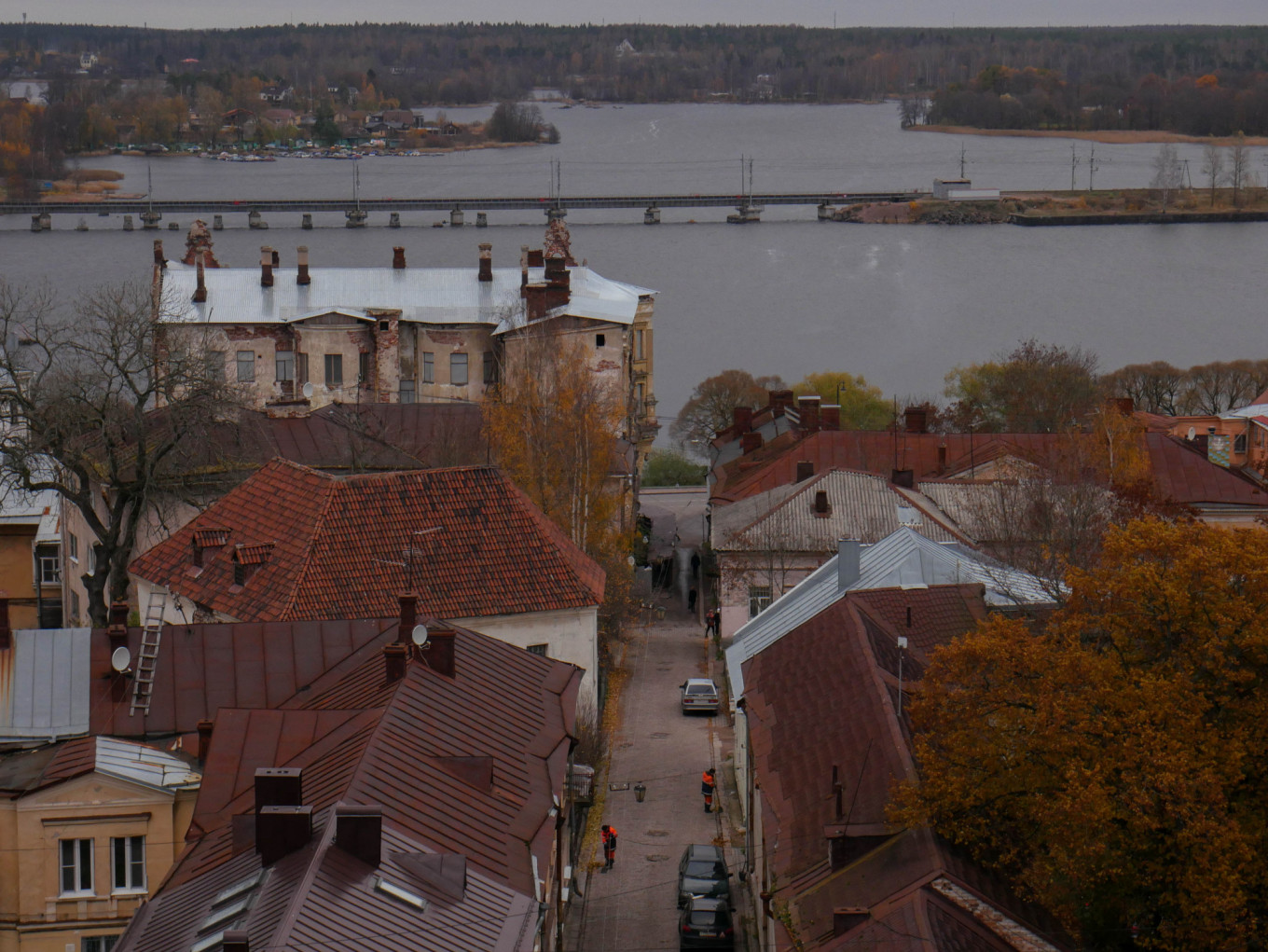
The view from Vyborg’s clocktower. The old town is situated on a peninsula in the Vyborg Bay. It was Finland’s second-largest city after Helsinki before being captured by the Soviet Union in 1944 and incorporated into Russia.
Daniel Kozin / MT
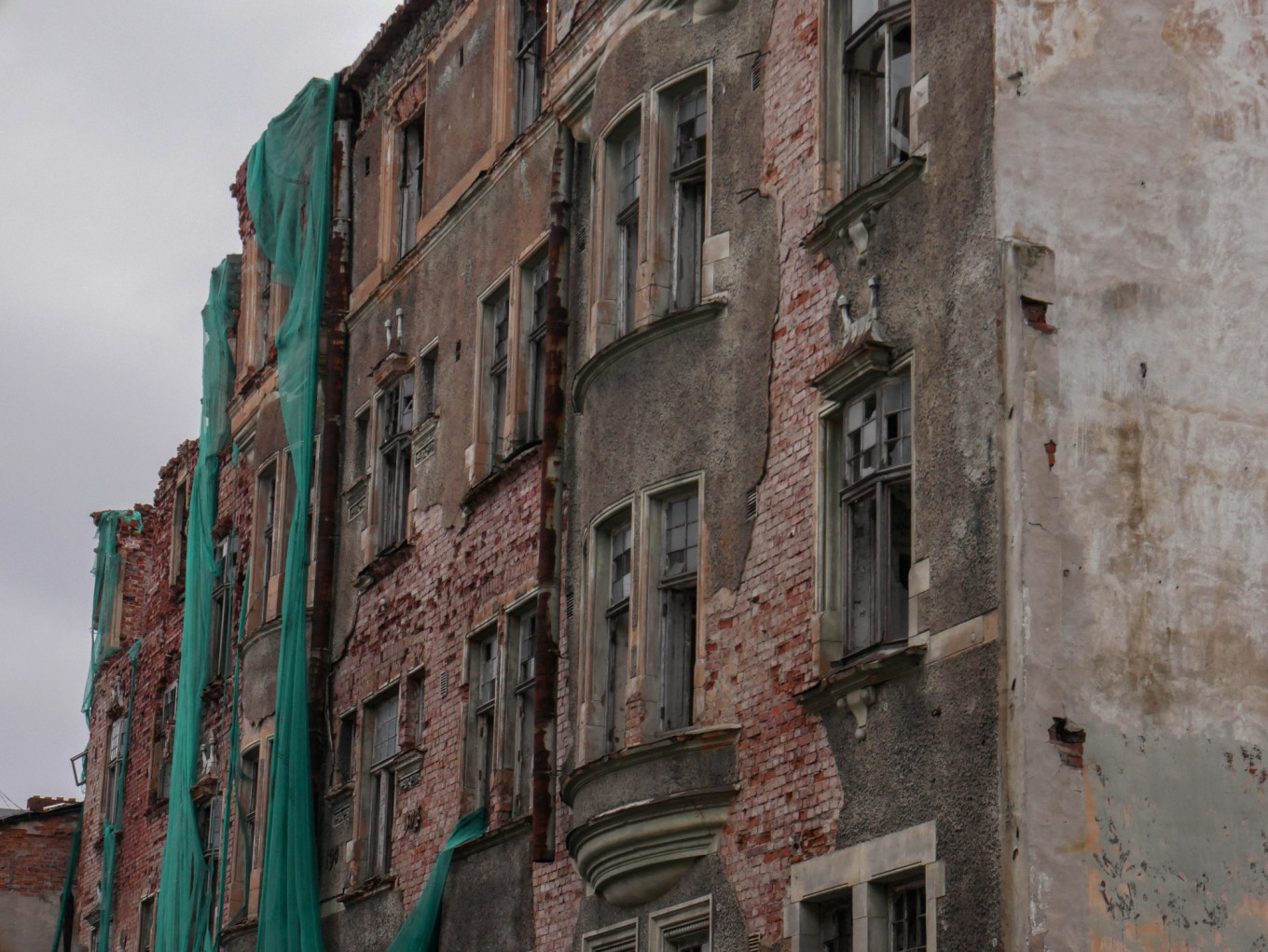
Goving House on Krepostnaya Street has yet to be saved. The once rich residential building that was commissioned by the Dutch publisher Viktor Goving in the 19th century has for years been behind tattered scaffolding with little hope for improvement.
Daniel Kozin / MT
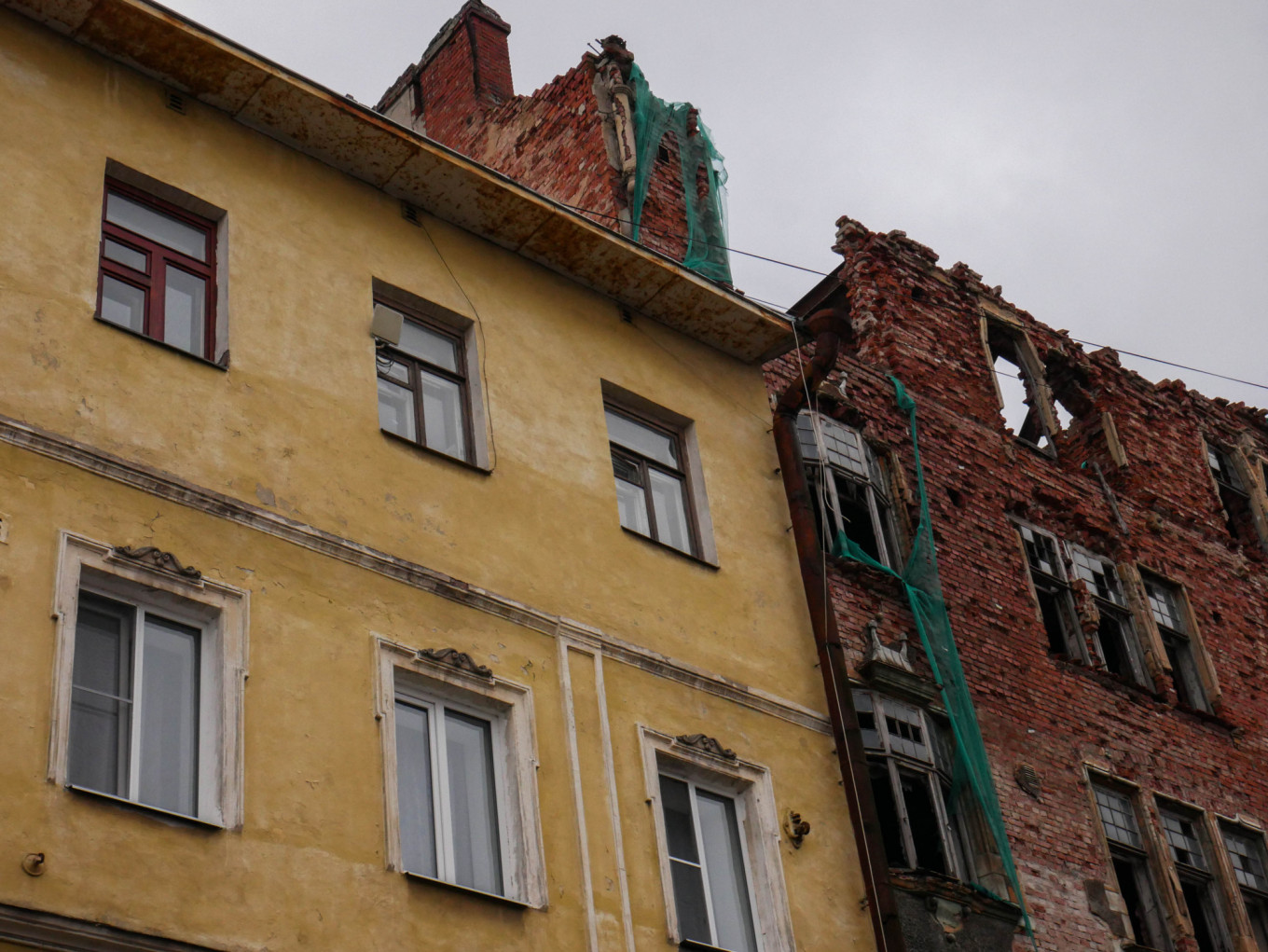
Local residents were reportedly moved out of the building in the late 1980s in preparation for restorations that never came. Legal hurdles and the expected high costs of renovation have detracted investors from saving the architectural gem.
Daniel Kozin / MT
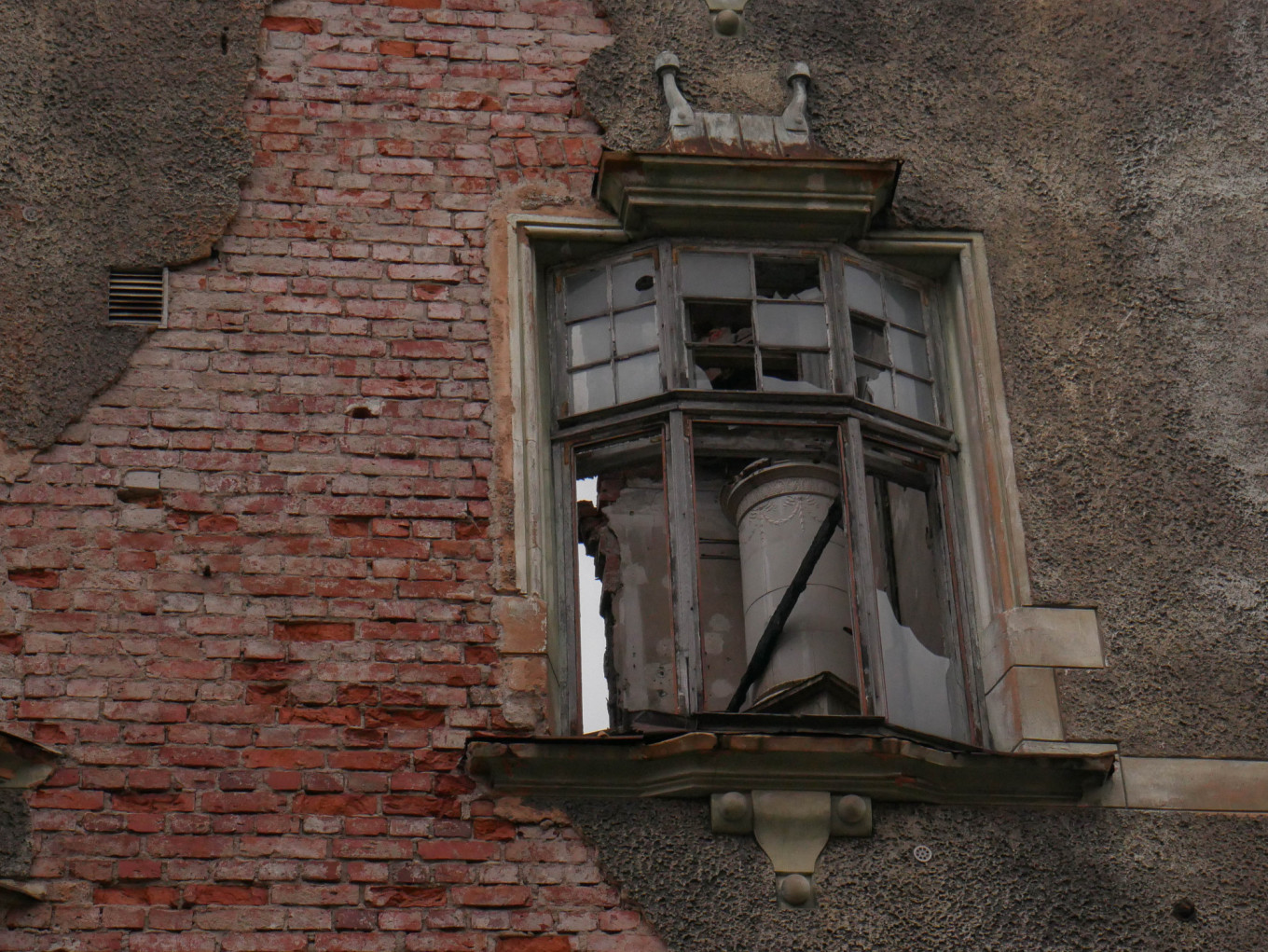
The façade of the building is full of intricate stucco work with exotic animals and flowers. Old wallpaper and pre-revolutionary era stoves and furniture can still be seen through its broken windows.
Daniel Kozin / MT
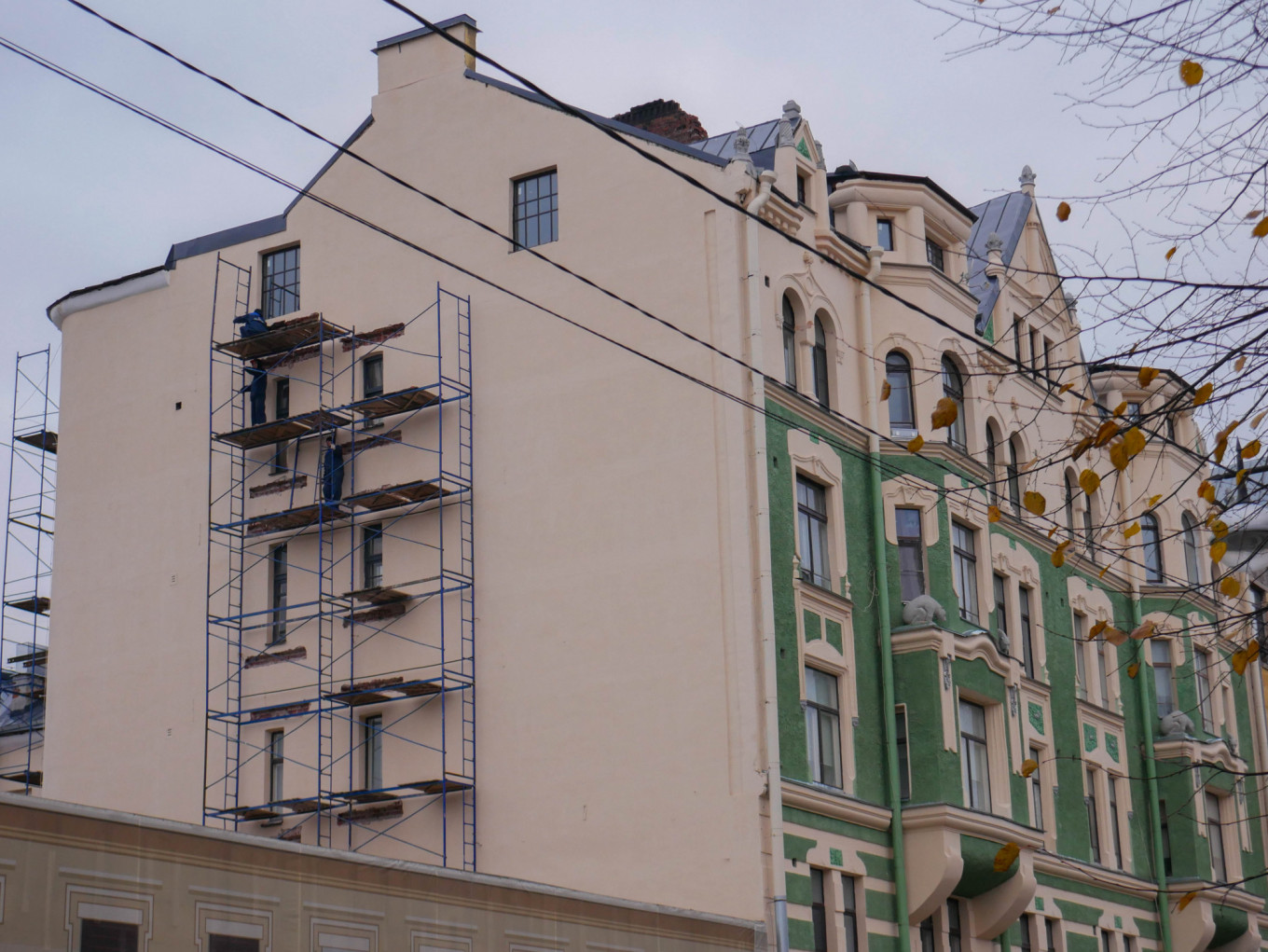
Prospekt Lenina is Vyborg’s main shopping street, full of constructivist and Northern Art Nouveaux architecture. Many of its buildings have been beautifully restored and repainted over the past two years.
This building on Prospekt Lenina 6, the house of merchant Markelov, which was built in 1904, is getting its finishing touches.
This building on Prospekt Lenina 6, the house of merchant Markelov, which was built in 1904, is getting its finishing touches.
Daniel Kozin / MT
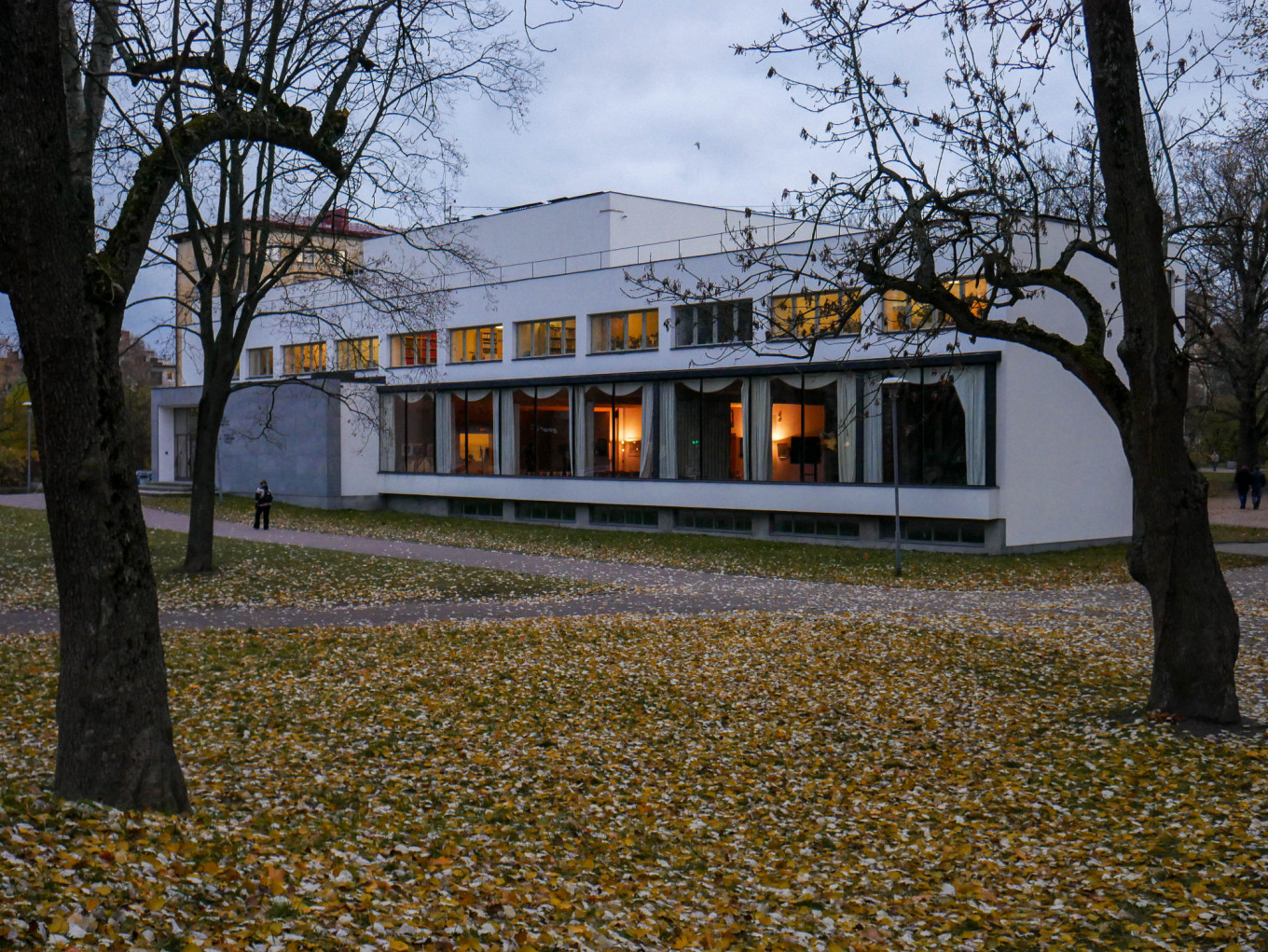
Vyborg’s Library, built in the functionalist architectural style in 1935, was designed by the renowned Finnish architect Alvar Aalto at a time when Vyborg was under Finnish sovereignty.
It was restored as a joint project between the Finnish and Russian governments in 2013 after receiving high-profile attention from the leaders of the two countries. It has proved popular among locals and its restoration has won multiple international awards.
It was restored as a joint project between the Finnish and Russian governments in 2013 after receiving high-profile attention from the leaders of the two countries. It has proved popular among locals and its restoration has won multiple international awards.
Daniel Kozin / MT




